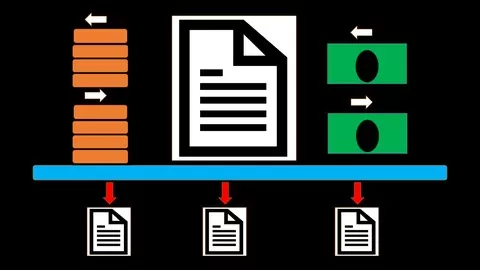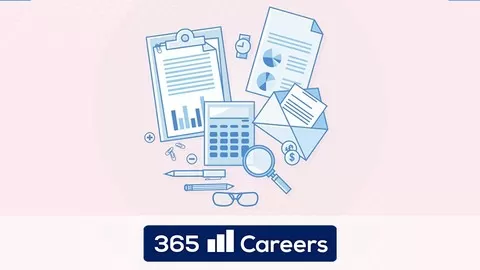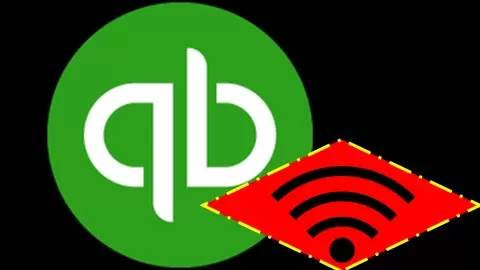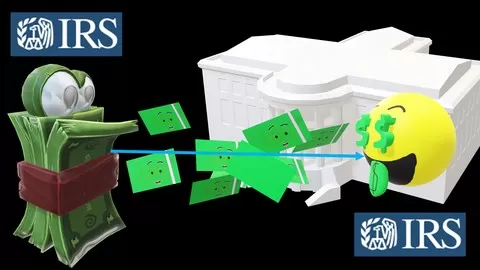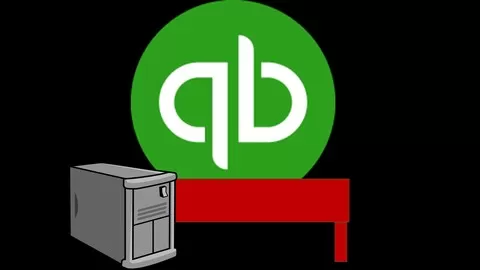We record transactions using special journals and track accounts receivable by customer and accounts payable by vendor using subsidiary ledger.
We should have a good understanding of debits and credits before this course and we have courses covering debits and credits. We can construct an accounting system where we record every financial transaction using debits and credits in a general journal, posting each journal entry to the general ledger, making the trial balance form the general ledger, and the financial statements from the trial balance. The process of recording every transaction using debits and credits is the process we have used in the past.
To reduce the amount of data input when using a manual system, we can group transactions by transaction type and create special journals to record them. An accounting system using special journals can reduce data input by limiting the amount data needed to be input for each transaction due to the format of the special journal. Special journals can also eliminate the need to post each transaction to the general ledger. Rather than posting each transaction to the general ledger special journals are added up at the end of the period and one transaction is then posted for the entire period.
Special journals are typically used in a manual system but understanding them helps any system because it helps to see what components of an accounting system are necessary to all accounting systems, which components can be changed, and when changing the format of the system would be beneficial. Automated systems also often general useful reports in a similar format as the special journals.
Subsidiary ledgers for accounts receivable and accounts payable are necessary for any system where we make sales on account and purchases on account. In other words, if we make sales and collect money at a later date, we will need to track who owes us money, and if we make purchases and pay at a later date, we will need to track who we owe money to.
In addition to instructional video, this course will include downloadable
• Downloadable PDF Files
• Excel Practice Files
• Multiple Choice Practice Questions
• Short Calculation Practice Questions
• Discussion Questions
The PDF files allow us to download reference information we can use offline and as a guide to help us work through the material.
Excel practice files will be preformatted so that we can focus on the adjusting process and learning some of the basics of Excel, like addition, subtraction, and cell relationships.
Multiple choice example question helps us improve our test-taking skills by reducing the information into the size and format of multiple choice questions and discussing how to approach these questions.
Short calculation questions help us reduce problems that have some calculation down to a short format that could be used in multiple choice questions.
Discussion Question will provide an opportunity to discuss these topics with the instructor and other students, a process many students find very helpful because it allows us to see the topic from different viewpoints.
Who will we be learning from?
You will be learning from somebody who has technical experience in accounting concepts and in accounting software like QuickBooks, as well as experience teaching and putting together curriculum.
You will be learning from somebody who is a:
• CPA – Certified Public Accountant
• CGMA – Chartered Global Management Accountant
• Master of Science in Taxation
• CPS – Certifies Post-Secondary Instructor
• Curriculum Development Export
As a practicing CPA the instructor has worked with many technical accounting issues and helped work through them and discuss them with clients of all levels.
As a CPS and professor, the instructor has taught many accounting classes and worked with many students in the fields of accounting, business, and business applications.
The instructor also has a lot of experience designing courses and learning how students learn best and how to help students achieve their objectives. Experience designing technical courses has also benefit in being able to design a course in a logical fashion and deal with problems related to technical topics and the use of software like QuickBooks Pro.
Content Includes:
•Accounts receivable subsidiary ledger
•Accounts payable subsidiary ledger
•Special journals
•Sales journal
•Purchases journal
•Cash receipts journal
•Cash payment journal
•Accounting Cycle
•Comprehensive problem
•Excel
•Definitions and key term
CPE (Continuing Professional Education)
Learning Objectives
1. Explain what special journals are and when they would be used.
2. Define the accounts receivable subsidiary ledger.
3. Discuss when and how the accounts receivable subsidiary ledger would be used.
4. Define the accounts payable subsidiary ledger.
5. Explain when and how the accounts payable subsidiary ledger would be used.
6. Explain what a sales journal is and when it would be used.
7. Discuss what a purchases journal is and when it would be used.
8. Define what a cash receipts journal is and explain when it would be used.
9. Describe what a cash payments journal is and when it would be used.
For additional information, including refunds and complaints, please see Udemy Terms of Use, which is linked from the footer of this page.
For more information regarding administrative policies, please contact our support using the Help and Support link at the bottom of this page.
Accounting & Financial Ratio Analysis made easy. Learn important accounting skills that will get your foot in the door!
4.6
★★★★★ 4.6/5
56,612 students
